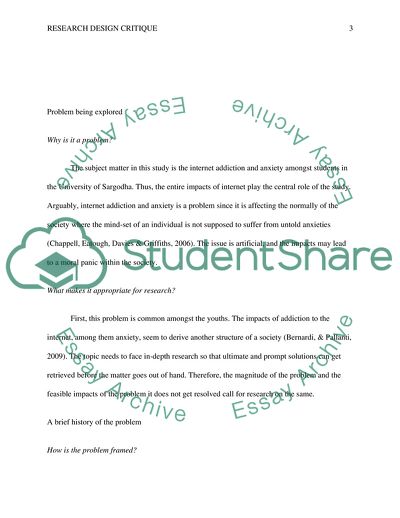Cite this document
(The Relationship between Internet Addiction and Anxiety among Students Research Paper, n.d.)
The Relationship between Internet Addiction and Anxiety among Students Research Paper. https://studentshare.org/media/1853584-research-design-critique-sheila
The Relationship between Internet Addiction and Anxiety among Students Research Paper. https://studentshare.org/media/1853584-research-design-critique-sheila
(The Relationship Between Internet Addiction and Anxiety Among Students Research Paper)
The Relationship Between Internet Addiction and Anxiety Among Students Research Paper. https://studentshare.org/media/1853584-research-design-critique-sheila.
The Relationship Between Internet Addiction and Anxiety Among Students Research Paper. https://studentshare.org/media/1853584-research-design-critique-sheila.
“The Relationship Between Internet Addiction and Anxiety Among Students Research Paper”. https://studentshare.org/media/1853584-research-design-critique-sheila.


